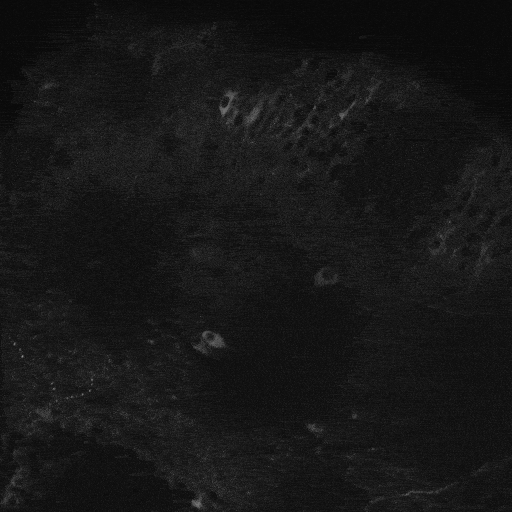Why do brains seize? Our research attempts to answer this question by examining the cellular and circuit level interactions between brain cells, which result in the development of epileptic seizures. We focus on how changes to inhibitory synaptic transmission and neuroinflammatory responses relate to the emergence and termination of epileptic seizures.
Research Projects:
Area 1: Plasticity of inhibitory synaptic transmission
- Plasticity of GABAergic signaling in seizures
- Biophysical modelling of Cl- ion homeostasis
- Cl- dynamics and cortical processing
Area 2: Neuroinflammation, neurocysticercosis and epilepsy
- Developing models of neurocysticercosis
- Neuroinflammation in epileptogenesis
- Helminthic modulation of neuroinflammation and seizures
Area 3: Postnatal development of human cortical circuits
- Human neuronal intrinsic properties, morphology and connectivity across development
- Computational models of human neurons and networks
Techniques:
- Genetically encoded voltage imaging and all-optical approaches
- Multi patch-clamp electrophysiology
- snRNAseq and HCR
- Immunohistochemistry and confocal microscopy
- In vivo EEG wireless telemetry and optical imaging
- Organotypic slice cultures
- Maintaining a colony of Taenia crassiceps larvae
- Computational and theoretical modelling
